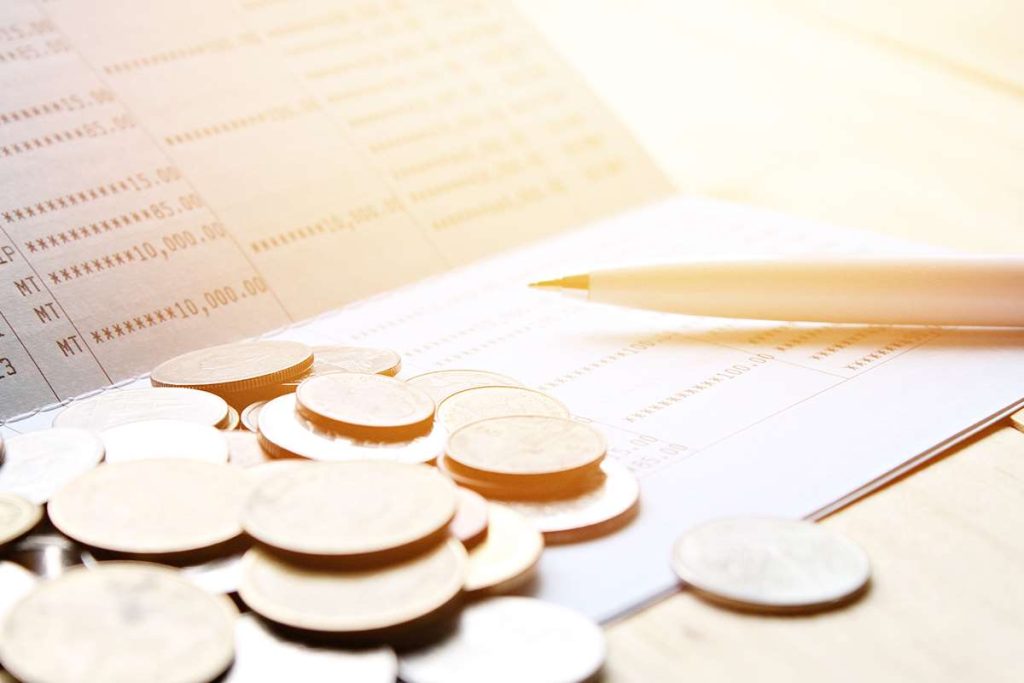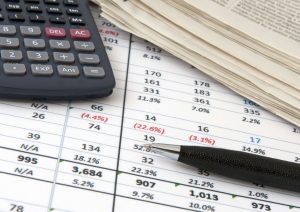
Straight-line depreciation is generally the most basic depreciation method. It includes equal depreciation expenses each year throughout the entire useful life until the entire asset is depreciated to its salvage value. Salvage value affects depreciation, a non-cash expense that influences net income on the income statement. A higher salvage value results in lower annual depreciation expenses, potentially inflating net income. ABC Company buys an asset for $100,000, and estimates that its salvage value will be $10,000 in five years, when it plans to dispose of the asset.
- At Insurance.com, we are committed to providing the timely, accurate and expert information consumers need to make smart insurance decisions.
- One of the critical concepts in accounting is the determination of an asset’s value at the end of its useful life.
- Perhaps the most common calculation of an asset’s salvage value is to assume there will be no salvage value.
- In many cases, salvage value may only reflect the value of the asset at the end of its life without consideration of selling costs.
- Incorporating a robust ERP system like Deskera can significantly enhance how businesses manage and calculate salvage value.
Acquisition Cost

This method requires an estimate for the total units an asset will produce over its useful life. Depreciation expense is then calculated per year based on the number of units produced. This method also calculates depreciation QuickBooks expenses based on the depreciable amount.
Rebuilt title vs. salvage title: What’s the difference?
In both methods, the salvage value plays a critical role in determining the annual depreciation expense. Salvage value helps to figure out how much your old stuff is worth when it’s done being useful. It’s the estimated value of something, like a machine or a vehicle, when it’s all worn out and ready to be sold. This differs from book value, which is the value written on a company’s papers, considering how much it’s been used up. So, when a company figures out how much something will lose value over time (depreciation), they also think about what it might still be worth at the end, and that’s the salvage value of that asset. It is essential to consider these factors and make informed estimates to avoid loss for the owner.
What does a rebuilt title mean?
- Investing in private placements requires long-term commitments, the ability to afford to lose the entire investment, and low liquidity needs.
- Also integrating an AI mechanism like ERP.ai to your ERP system can make it smarter by enhancing enterprise process, data governance & decision-making.
- After tax salvage value is like the retirement money for a company’s equipment.
- Cash flow statements are indirectly influenced by salvage value through depreciation adjustments in the operating activities section.
- When calculating depreciation in your balance sheet, an asset's salvage value is subtracted from its initial cost to determine total depreciation over the asset's useful life.
- It is essential to consider these factors and make informed estimates to avoid loss for the owner.
Sometimes, the thing might be sold as is, but other times, it might be taken apart and the pieces sold. So, salvage value is the money a company expects to make when they get rid of something, even if it doesn’t include all the selling or throwing away costs. Perhaps the most common calculation of an asset’s salvage value is to assume there will be no salvage value. As a result, the entire cost of the asset used in the business will be charged to depreciation expense during the years of the asset’s expected useful life. When calculating depreciation, an asset's salvage value is subtracted from its initial cost to determine total depreciation over the asset's useful life.

The carrying value of the asset is then reduced by depreciation each year during the useful life assumption. In order words, the salvage value is the remaining value of a fixed asset at the end of its useful life. This way, the salvage value helps in determining the depreciation; which is an integral part of accounting. We can also define the salvage value as the amount that an asset is estimated to be worth at the end of its useful life.

Sum-of-the-Years-Digits Depreciation Method

Overall, the companies have to calculate the efficiency of the machine to maintain relevance in the market. With a large number of manufacturing businesses relying on their machinery for sustained productivity, it is imperative to keep assessing the equipment they own. Constant use and other factors like the nature and quality of these assets cause a continual deterioration.

- As you may expect, a car typically won't lose the vast majority of its value for a pleasant reason.
- Companies consider the matching principle when they guess how much an item will lose value and what it might still be worth (salvage value).
- Organizations often rely on accounting standards like the International Financial Reporting Standards (IFRS) or historical data from similar assets to make these estimates.
- A salvage title is issued when your car has been severely damaged or totaled, and the repairs exceed its worth.
On the other hand, book value is the value of an asset as it appears on a company’s balance sheet. It is calculated by subtracting accumulated depreciation from the asset’s original cost. Two common methods are straight-line depreciation and declining balance depreciation. In straight-line depreciation, the same amount is depreciated each year over the asset’s useful life. In contrast, the declining balance method involves depreciating a larger portion of the asset’s value in the early years of its useful life, with the amount decreasing over time. Depreciation methods assess an asset’s value Accounting for Marketing Agencies over time, influencing financial reporting and tax obligations.
- So, when a company figures out how much something will lose value over time (depreciation), they also think about what it might still be worth at the end, and that’s the salvage value of that asset.
- In some contexts, residual value refers to the estimated value of the asset at the end of the lease or loan term, which is used to determine the final payment or buyout price.
- Learn financial statement modeling, DCF, M&A, LBO, Comps and Excel shortcuts.
- Other company assets, like vehicles, have a salvage value because they can be sold after their useful lives.
- Determining the salvage value of an asset requires an understanding of various financial and market factors.
There may be a little nuisance as scrap value may assume the good is not being sold but instead being converted to a raw material. For example, a company may decide it wants to just scrap a company fleet vehicle for $1,000. This $1,000 may also be considered the salvage value, though scrap value is slightly more descriptive of how the company may dispose of the asset. Unless there is a contract in place for the sale of the asset at a future date, it’s usually an estimated amount. This often involves dismantling and disposal costs, which can be offset by recycling or repurposing components.
Salvage Value - A Complete Guide for Businesses
Useful life refers to the expected time an asset will be productive for a business. This period varies based on factors like asset type, industry standards, and technological advancements. Estimating what is salvage value in accounting useful life accurately is critical as it determines the rate of depreciation over time.



